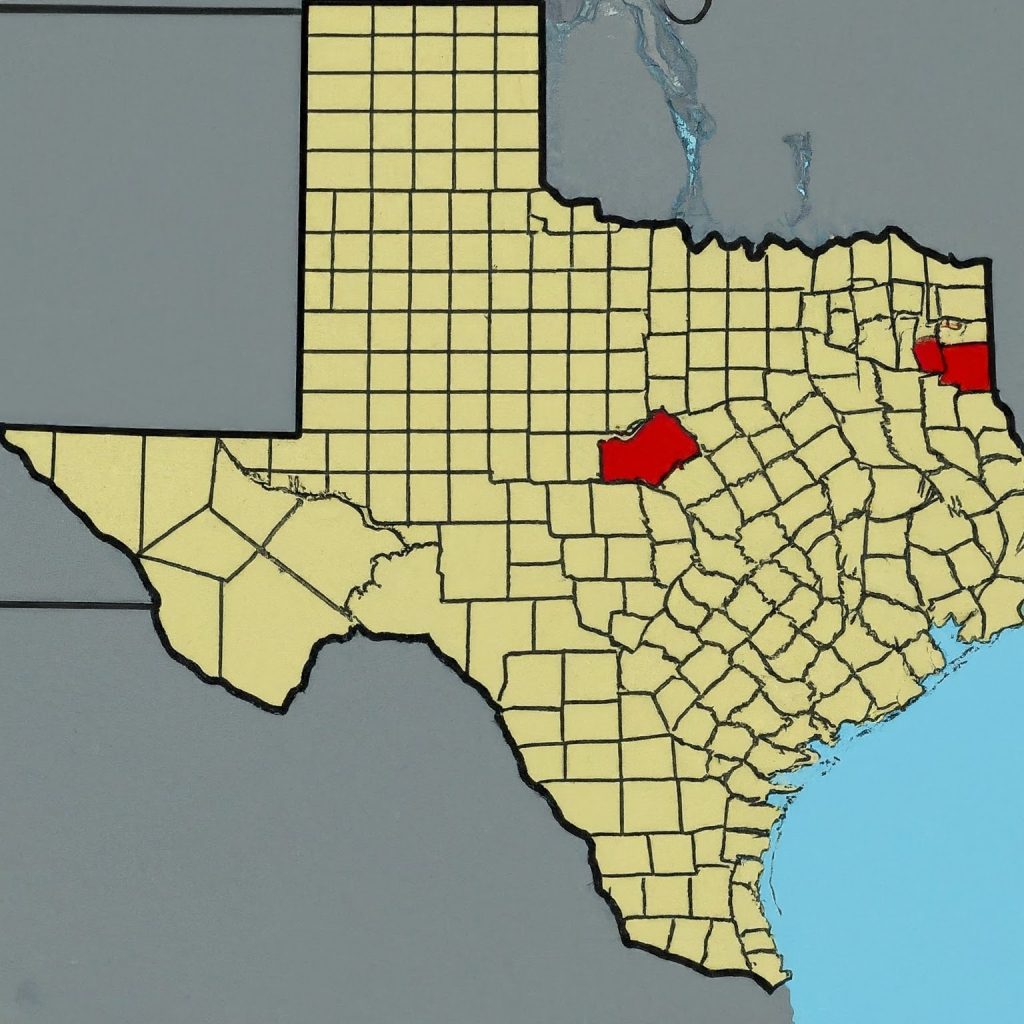Austin, the vibrant capital of Texas, is a city steeped in history, culture, and technological innovation. Just as the city has evolved over time, so too has its telecommunications infrastructure. Today, Austin is served by two area codes: the original 512 and its newer overlay, 737. This article delves into the history, significance, and nuances of these area codes, providing a comprehensive look at how they shape communication within and beyond the city limits.

512: A Legacy Area Code with Deep Roots
The 512 area code is one of the original area codes established in the United States, dating back to 1947. It initially covered a vast swath of south-central Texas, including cities like San Antonio, Corpus Christi, and Brownsville. As the population grew and the demand for phone numbers increased, the 512 area code underwent multiple splits and realignments.
In 1992, the southern portion of the 512 area code was split off to form the 361 area code. In 1997, the western portion was split to create the 830 area code. Despite these changes, Austin retained the 512 area code, solidifying its association with the city’s identity and history.
737: An Overlay Area Code to Meet Growing Demand
As Austin continued to experience rapid growth, the demand for new phone numbers within the 512 area code exceeded its capacity. To address this issue, the 737 area code was introduced as an overlay in 2013. An overlay area code serves the same geographic region as an existing area code, allowing for the creation of additional phone numbers without requiring existing customers to change their numbers.
The introduction of the 737 area code was met with mixed reactions. Some residents embraced the change as a necessary step to accommodate Austin’s growth, while others lamented the loss of the 512 area code’s exclusivity. However, the overlay system has proven to be an effective solution, ensuring that the region has an ample supply of phone numbers for both residents and businesses.
Geographic Coverage and Communities Served
Together, the 512 and 737 area codes serve a wide range of communities within and around Austin, including:
- Travis County: The heart of Austin, home to the State Capitol, the University of Texas, and numerous tech companies.
- Williamson County: A rapidly growing suburban area north of Austin, known for its master-planned communities and excellent schools.
- Hays County: Home to the scenic Texas Hill Country, with charming towns like San Marcos and Dripping Springs.
- Caldwell County: A rural county southeast of Austin with a rich agricultural heritage.
- Bastrop County: Known for its pine forests, Lost Pines region, and Bastrop State Park.
The Future of Austin’s Area Codes
As Austin’s population continues to grow, it is possible that additional area codes may be introduced in the future. However, the overlay system has proven to be a flexible and efficient way to accommodate this growth while minimizing disruptions for existing customers.
Tips for Using Austin’s Area Codes
- Local Calling: When making calls within the 512 or 737 area codes, you can dial just the seven-digit phone number without the area code.
- Long Distance Calling: When calling from outside the 512 or 737 area codes, you must dial 1 followed by the area code and the seven-digit phone number.
- Business Listings: If you are listing your business phone number, it is recommended to include both the area code and the seven-digit number to avoid confusion.
The Austin Area Code: A Symbol of Identity and Growth
The 512 and 737 area codes are more than just numerical identifiers; they are symbols of Austin’s identity, history, and ongoing growth. Whether you’re a longtime resident, a newcomer, or a business owner, these area codes play a crucial role in connecting you to the vibrant community that defines this unique city.
Read more about: 512 area code